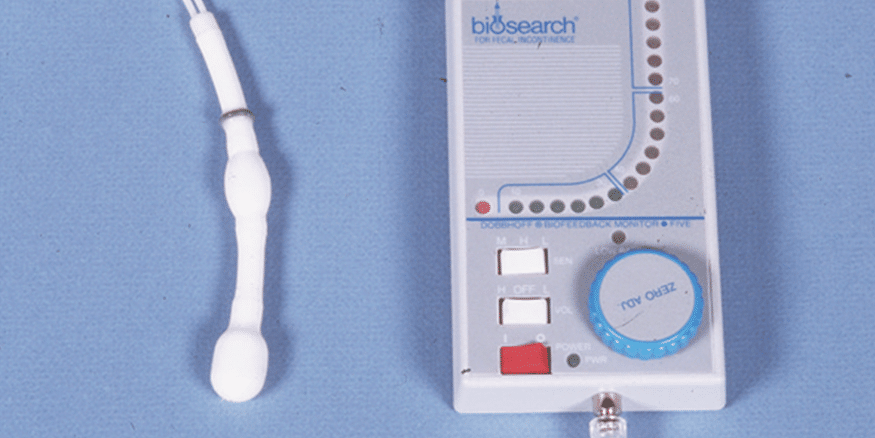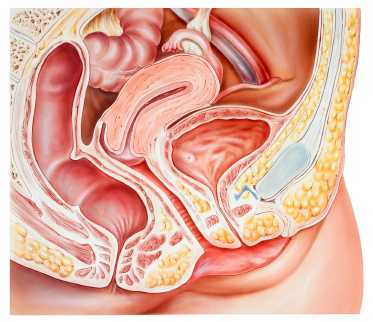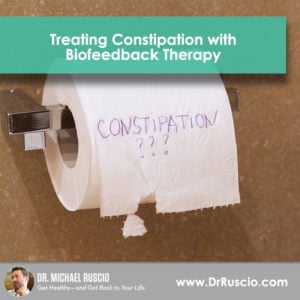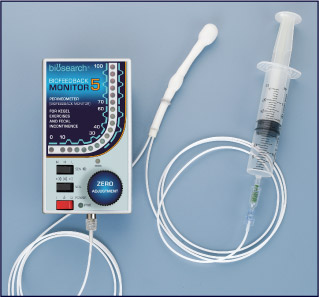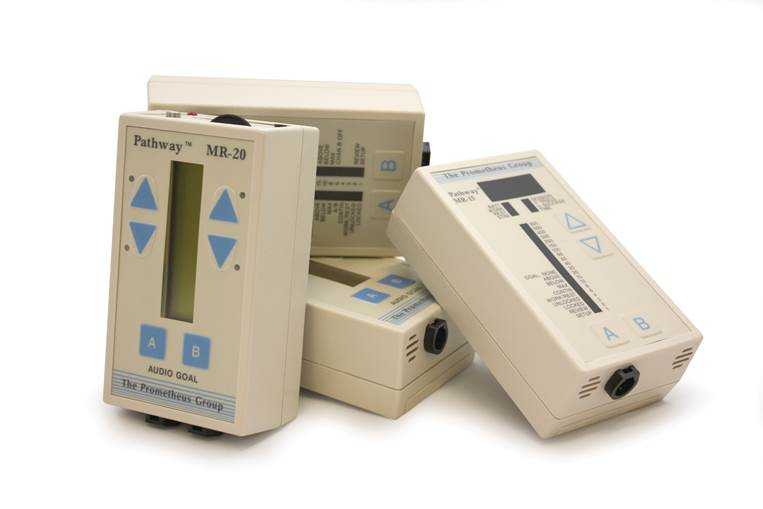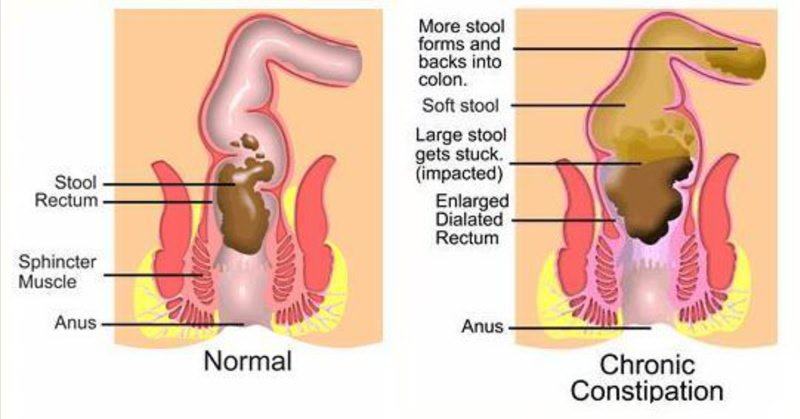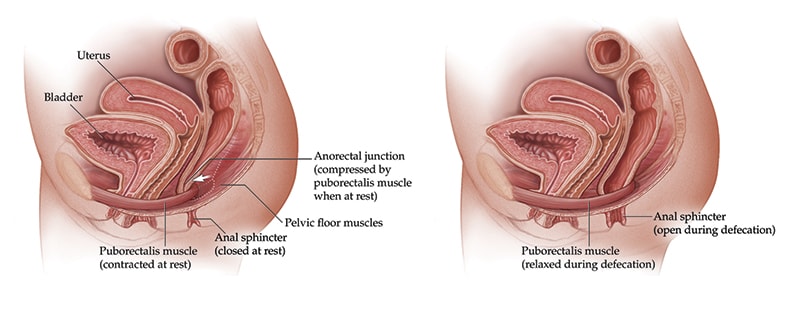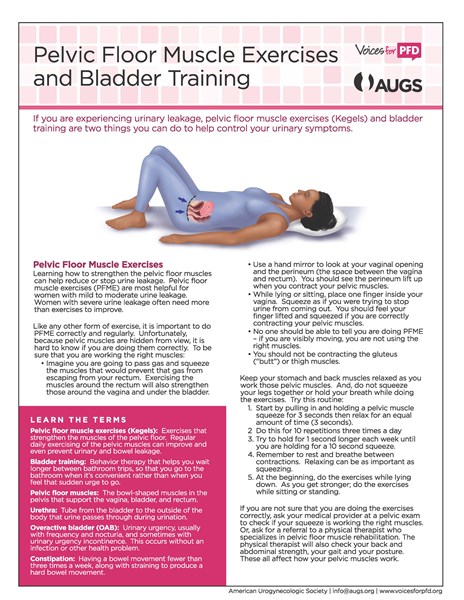Biofeedback Pelvic Floor Dysfunction Constipation

Many pts use either biofeedback or e stim as part of their protocol for treating pelvic pain.
Biofeedback pelvic floor dysfunction constipation. Biofeedback for constipation and pelvic floor dysfunction biofeedback is a therapy used to help children who cannot always have a bowel movement when they need to. Symptoms include constipation straining to defecate having urine or stool leakage and experiencing a frequent need to pee. In a study of biofeedback for pelvic floor dysfunction compared to laxatives the usual treatment for constipation nearly 80 of people undergoing biofeedback had improvement in constipation compared to 22 in the laxative group. Based on the principle of operant conditioning biofeedback provides auditory and visual feedback to help retrain the pelvic floor and relax the anal sphincter.
Pelvic floor dysfunction is the inability to correctly relax and coordinate your pelvic floor muscles to have a bowel movement. The acg reviewers note that it is difficult for patients to find experienced practitioners. Pelvic floor dyssynergia is one of the commonest subtypes of constipation and the conventional treatment dietary fibre and laxatives is often unsatisfactory. This article highlights how biofeedback therapy is used to treat these problems and improve patients quality of life.
Two small muscles in the anus opening from the rectum help to control bowel movements. The authors review the evidence for this approach and conclude that although controlled studies are few and open to criticism about two thirds of patients. Indeed a google search of either term will bring up a slew of pelvic floor pt websites boasting the benefits of both treatments. Biofeedback to retrain pelvic floor muscles.
The research by heymen scarlett ringman drossman et al entitled randomized controlled trial shows biofeedback to be superior to alternative treatments for patients with pelvic floor dyssynergia type constipation supports the value of biofeedback in the treatment of this withholding pattern associated with stool elimination. Recently biofeedback training has been introduced as an alternative treatment. Once patients with pelvic floor constipation have these basic tools they can begin retraining the pelvic floor muscles with biofeedback. The effect also seems to improve over time up to two years.
